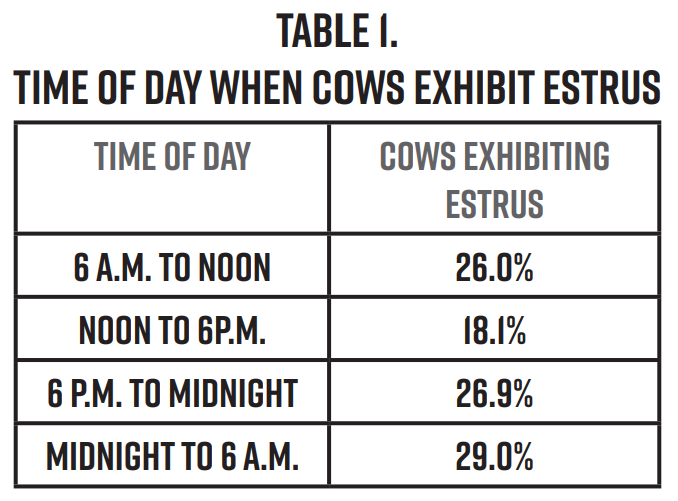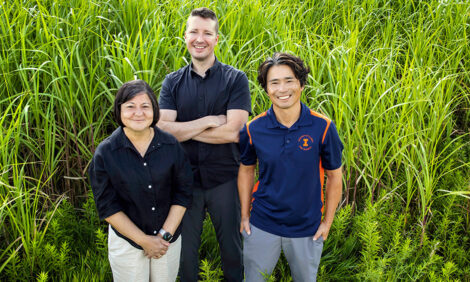



Basics of a successful reproductive management program
Learn which factors influence fertilityWhether you want to be successful with embryo transfer, artificial insemination (AI), or just turning out a bull, fertility is influenced by many factors. One of the best methods to look at factors that influence fertility is with the “Equation of Reproduction.” The equation looks at four main topic areas:
- percentage of animals detected in standing estrus and inseminated,
- inseminator efficiency,
- fertility level of the herd,
- fertility level of the semen
Percentage of animals detected in standing estrus and inseminated
For successful insemination of cattle to occur, animals must be in standing estrus. With natural service, estrous detection is considered easy; it is the bull’s job. Libido refers to a bull’s desire to mate and can be practically evaluated by closely watching a bull after introducing him to a cow herd and determining his desire to detect cows in estrus. For successful AI to occur, the producer must take the place of the bull in detecting cows/heifers that are ready to be inseminated. Accurate detection of standing estrus plays a vital role in success.
To maximize detection of standing estrus, it is extremely important to visually monitor cattle as much as possible. Therefore, detection of standing estrus can be one of the most time consuming chores related to AI. Even with fixed-time AI programs estrus is critical. Research has reported a 27% improvement in pregnancy success when cows have exhibited standing estrus before a fixed-time AI compared to cows that did not exhibit estrus. With embryo transfer, estrus is important to matching the stage of embryo development to the stage of the uterine environment.

Inseminator efficiency
With natural service, inseminator efficiency is influenced by the ability of a bull to service a cow. This is the purpose of the physical examination in a breeding soundness evaluation (BSE). With AI, inseminator efficiency is influenced by semen handling and the ability of the technician to deposit semen in the correct location.
Fertility level of the herd
Fertility level of the herd may be the hardest factor to evaluate; as it includes cycling status, compliance with protocols, embryonic mortality, body condition or nutrition level and disease control. Fertilization rates are usually between 89% and 100% when an animal exhibits estrus and semen is present at the time ovulation occurs. While fertilization usually occurs, conception rates – the number of animals that conceive divided by number of animals inseminated–are usually around 60% to 70% for natural service or AI. Although nature, things like poor oocyte quality, disease, chromosomal abnormalities, etc., contributes much of this loss, management practices can also increase embryonic mortality.
Stress, particularly heat and shipping stress, can be detrimental to embryos and decrease pregnancy rates. Changes in nutrition around the time of insemination can impact embryo survival. Furthermore, biosecurity is critical to make sure diseases are not decreasing your reproductive success.
Fertility level of the semen
There are differences among bulls in the ability to achieve pregnancy. All natural service bulls should have a comprehensive BSE approximately 60 days prior to each breeding season. Whether natural service or AI is used, two of the most important indicators of bull fertility currently available are sperm motility and morphology.
It is also important to remember that sperm production is a continuous process and conducting a BSE at a specific point in time measures the sperm available at that time. Therefore, the results of a BSE may change over time.
Many factors can affect sperm production, but four of the main factors are injury, disease, fever and extreme environmental conditions. By understanding the four parts of the “Equation of Reproduction,” we can explain many of the reproductive failures that occur.
If you start thinking about these four factors before the breeding season, you can step back and look at your cows and ask, “Are they ready? Am I going to have a good breeding season, or do I need to make some changes before I go into the breeding season?”


